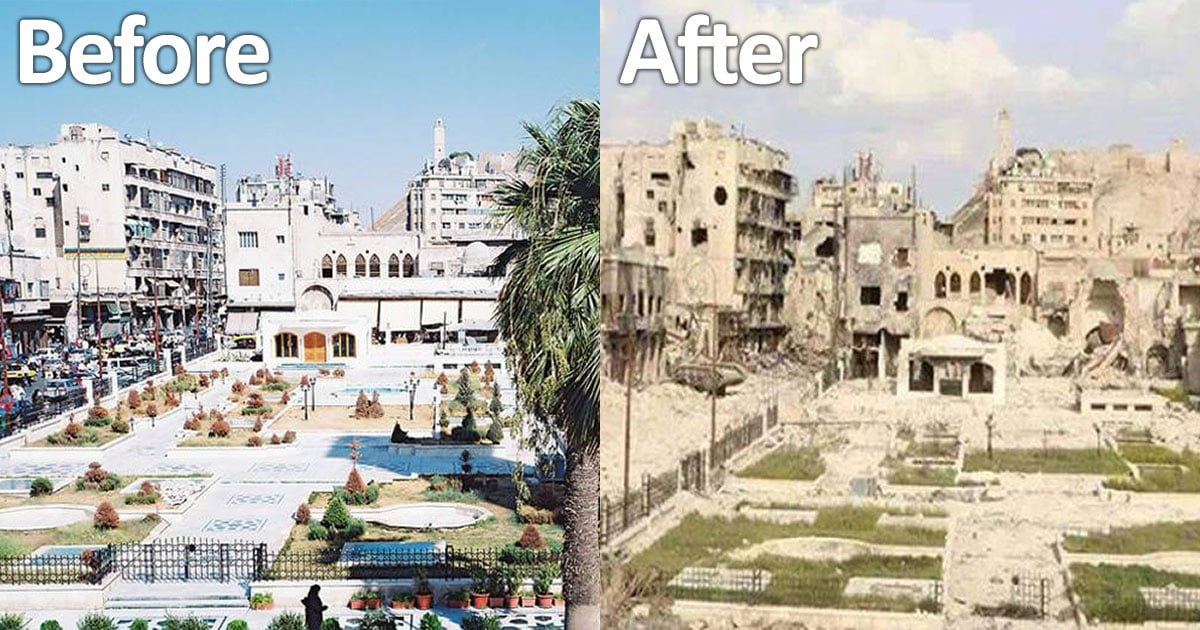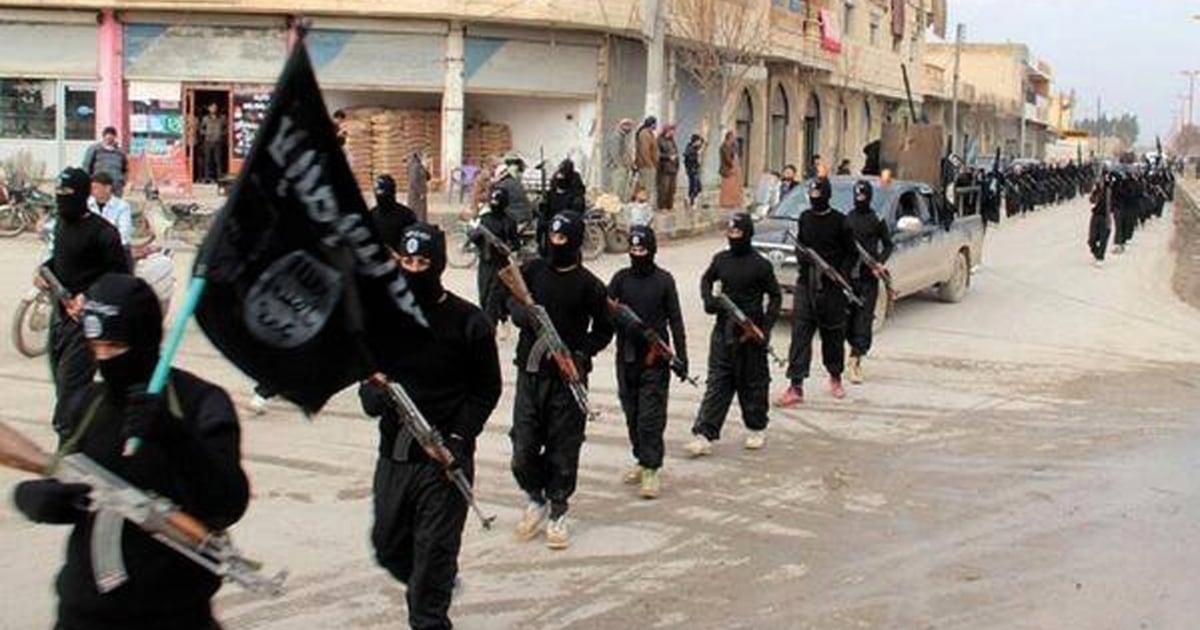On December 8, 2024, Syria faced an important crossroad, for with the capture of Damascus by the opposition, the regime of President Bashar al-Assad fell. The curtain had come down on a more-than-50-year-old pantomime of the rule of the Assad family, promising a new chapter for a country long mired in war.
Historical Context: The Roots of the Syrian Conflict
In order to know the present Syria, a brief history and the circumstances leading to its downfall into chaos could help find better comprehension.
Before the Conflict: Syrian Life Under the Assad Regime

Syria gained its independence from French colonial rule in 1946 and went through a turbulent period of instability accompanied by military coups. It was in 1970 that Hafez al-Assad, being an Alawite sect military officer, took control through a military coup. Hafez created a central and autocratic regime beneath the Ba’ath Party, which followed arab nationalism and socialism.
Hafez ruled with an iron grip; the mechanisms of repression were in Mukhabarat (intelligence service). One of the curtains that fell on this regime coins a small part to the Hama massacre in 1982. In order to crush an Islamist uprising that had begun to gain ground among the Muslim Brotherhood, Hafez had ordered a savage military assault on the city, in which an estimated 10,000 people to 40,000 lost their lives.
When in 2000 Hafez died, his son, Bashar al-Assad, ascended to power. Initially seen as a potential reformer because of his Western education, Bashar disappointed many when he continued his father’s dictatorial policies. After the brief Damascus Spring, during 2000-2001, a few civil dissidents were imprisoned and civil liberties curtailed.
The Arab Spring and the First Rounds of the Syrian Uprising
In March 2011, an uprising was sparked in the southern city of Daraa by pro-democracy movements sweeping through the Arab world after the teenagers accused of painting anti-government graffiti were arrested and tortured. Security forces unleashed extreme violence against the accused criminals, killing a number of unarmed protesters. This incited nationwide demonstrations demanding democratic reforms and an end to corruption.
The protests escalate into armed rebellion by July 2011. The Free Syrian Army (FSA) is then formed as an opposition front by many groups including defectors from the Syrian Army, aiming to contest the regime. But inside the raging conflict comes the sectarian fault lines, with predominant Sunni opposition fighting Alawite-dominated government.
The Fragmentation of the Conflict

The Syrian Civil War became quickly a multi-sided conflict as it had various factions emerging with differing aspiration
The Assad Regime
Supported by Iranian, Hezbollah, and later Russian (it started military intervention in 2015), attempting to suppress the rebellion and hold on to power is the aim of the Assad government.
Free Syrian Army
Initially the main opposition force, the FSA lost power over time, as Islamist factions gained prominence.
ISIS and the Extremists
The Islamic State (ISIS) in 2014 proclaimed itself as a caliphate with the capital in Raqqa, Syria, after seizing large portions of Syria and Iraq. Other jihadist groups, like the Al-Nusra Front (Al-Qaeda affiliate), also joined the conflict.
Kurdish Forces
The Syrian Democratic Forces (SDF) comprising such Kurdish militias as YPG aim at self-rule in north Syria. Their efforts were especially backed by the US during the fight against ISIS.
Foreign Interventions
Along with many other countries involved, the entire conflict included multiple international actors. Air strikes were aimed at ISIS, while supporting opposition groups by the US and its allies. Turkey was thereby significant, as it conducted military operations toward opposing Kurdish forces near its border.
Decisive Moments:
- 2012: Battles in major cities such as Aleppo and Homs start to symbolize how the war has grown even more serious.
- 2013: The Assad regime is said to have used chemical weapons in the Ghouta attacks that killed hundreds. The international outcry resulted in a U.S.-Russia brokered deal to dismantle Syria’s chemical weapons stockpile.
- 2015: Russia’s military intervention has thus changed the course of battle in favor of Assad as the regime stopped losing territory.
- 2017: Finally, ISIS loses its last stronghold in Raqqa following a campaign led by the SDF.
- 2020-2021: The conflict pauses as the power drip under the Assad regime consolidates but worsens ordinary Syrian suffering crossing greater financial crises and international sanctions.
A Nation Destroyed
When Assad fell in December 2024, over 500,000 were dead and more than 12 million displaced. Syria’s current legacy of authoritarian rule combined with sectarian and geopolitical rivalries is now the perfect formula for a long and cruel civil war.
It poses a historical antecedent to an unknown future for Syria, weighing against a past of which most continue to come to terms and empowerment – trying to stabilize things against a lot of odds.
The Aftermath: A Nation in Transition
The removal of Assad has pushed Syria to one of its most significant crossroads in history. It comprised an opposition whose most factions espoused divergent ideologies, which, therefore, found itself with the formidable task of forming a unified government. A power vacuum could create room for conflict and allow extremist groups re-emerging to take advantage of the tenuous conditions.
International Reactions and Involvement
Cautious optimism prevails over the international community. Call is done in nations like the United States, Germany, France, and the United Kingdom in de-escalation and consideration towards a Syrian-led political solution to the issue in line with UN Security Council Resolution 2254.
Wikipedia
This regional player is also shifting their roles and interests regarding the new and emerging emerging scene in Africa.
Humanitarian Problems
A drawn conflict is clearly a severe humanitarian crisis-and as of 2024, about 16.7 million Syrian people are in need of assistance while over 12 million are displaced.
UNHCR Reporting
Lately, with this upheaval, it increases the thrust for a well-coordinated international efforts for the provision of aid and reconstruction work.
The Ways Forward: Challenges and Opportunities
The rest would be the navigating of indeed very challenging issues that would determine what kind of future the country holds.
Political Reconstruction: An inclusive government, one that recognizes the ethno-religious pluralism of this country, has to be established. This requires the coming together of the different factions of the various opposition parties and ensuring that minority-specific rights are well respected.
Security and Stability: For the prevention of the reestablishment of extremist groups, an efficient law and order system will play an important role in establishing a protective environment for the civilian populations.
Economic Recovery: Rebuilding infrastructure, generating economic activity, and addressing poverty in the population are all necessary.